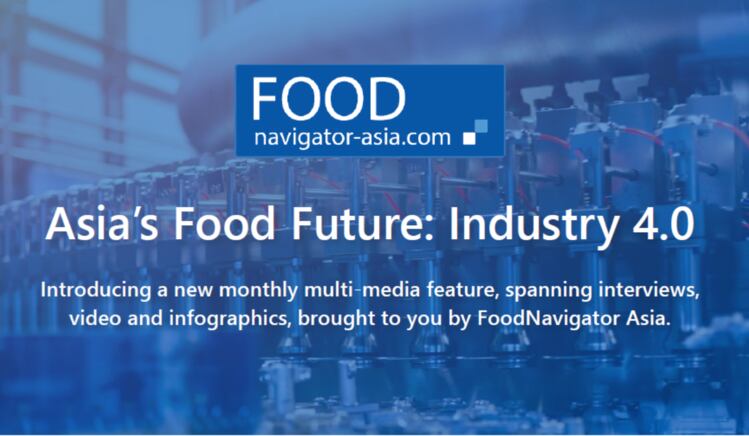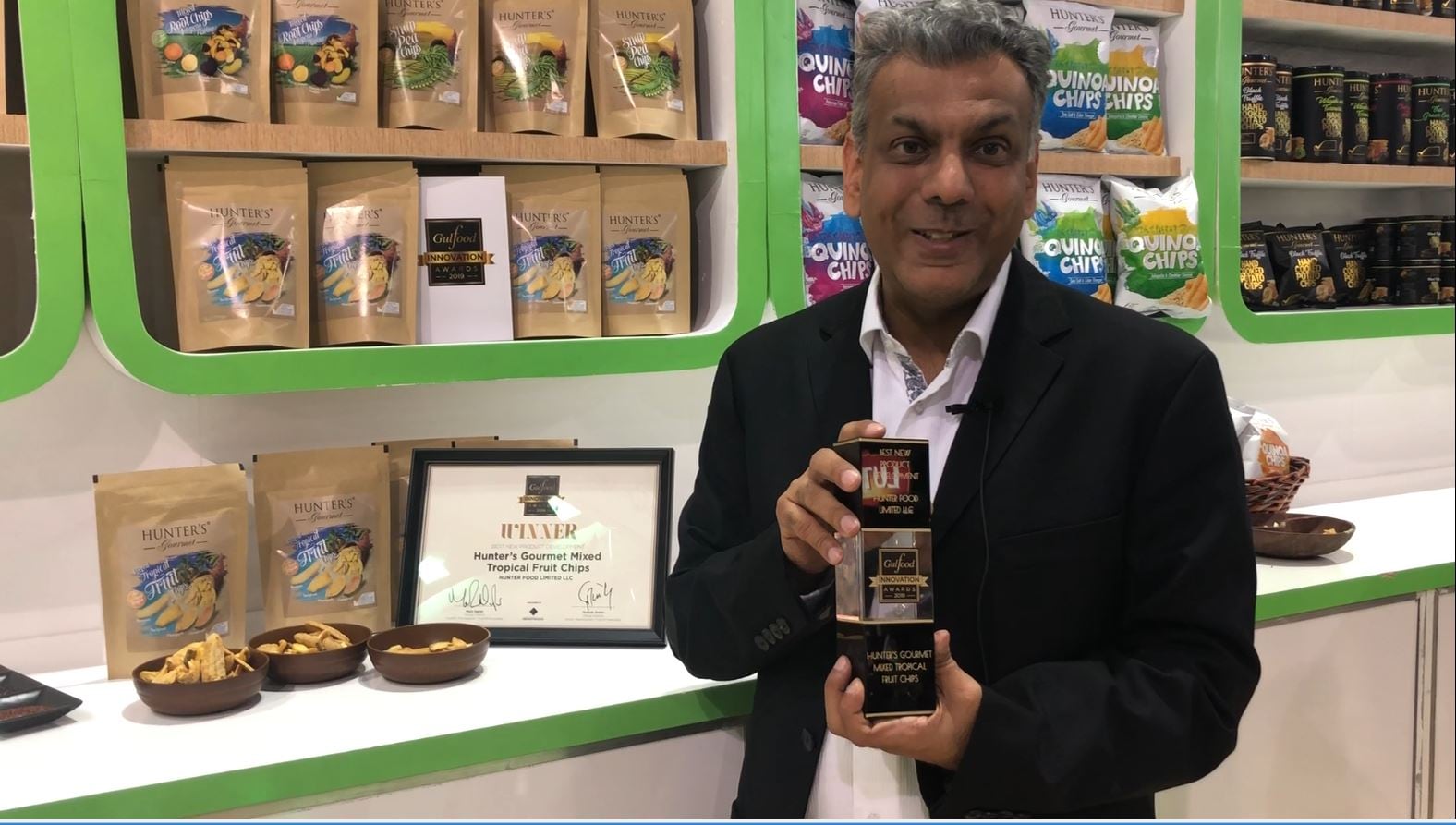“Food and agriculture had been left behind despite the advancement of AI in some of the other sectors,” Intello Labs CEO Milan Sharma told FoodNavigator-Asia.
“In [many] food supply chains, quality control and its dependent decision-making are still conducted with traditional manual methods – globally, and more so in the developing world.
“Even leading food companies often don’t have visibility into the quality of food at procurement and at various stages throughout their supply chain. [As a result, quality is] prone to manual error, [and] becomes subjective and inconsistent, especially in large organisations.”
Intello Labs’ solution has been to use AI tools to make image-based commodity grading and quality monitoring solutions for food companies. These solutions come in the form of either mobile apps or as Application Programming Interfaces (APIs).
Basically, using the app to take a picture of the targeted food commodity and sending this to Intello Labs’ cloud-based AI for processing will generate a near-instantaneous quality report for use.
“Our algorithm identifies each unit of the food commodity visible in the image and classifies it on the basis of size, colour, shape, health and defects. The results of all the units are then aggregated to calculate the final quality grade of the lot,” explained Sharma.
“The whole process takes anywhere from a few seconds to minutes, depending upon the commodity and the sample size.”
Intello Labs charges its clients per photo taken, which he said is ‘much cheaper’ than sending samples to labs for testing.
Value proposition for food manufacturers
For all customers, Sharma said that Intello Labs’ technology offered a solution with a four-pronged value proposition.
“[First of all, because it is] a smartphone-based solution, [it is] mobile and implementable at various locations such as farms, seller, warehouse, manufacturing plant, retail stores and more. [Being mobile-based also means that] little capital expenditure (CAPEX) is required by the client,” he said.
“[Moreover, we remove subjectivity as] the solution is inherently objective, [removing] manual biases, subjectivity and errors that are otherwise prevalent in large organisations. Quality digitisation [is also assured], as we [combine] the assaying solution with a quality data infrastructure.”
The solution also carries a specific range of benefits for food manufacturers.
A major one here is the simplification of procurement processes, which can get complicated and messy if too many players and too much subjective information is involved.
“[We] hugely simplify the procurement function [by enabling manufacturers to receive digital reports generated via our solution from upstream suppliers] even before a shipment is sent off. [This way,] they know exactly the quality/grade of [incoming] commodities and downstream planning is easier,” he said.
“This can also eliminate disputes between the parties since objective results with tagged images of samples are made available to both parties.”
He claimed that the efficiency of food firms’ internal quality testing labs can also be boosted using Intello Labs’ solution, as ‘tests can be conducted more frequently and across [more] stages, since an AI is not constrained by the limitations of equipment and manpower’.
“Lastly, we can enable traceability by combining quality data with certain inventory identification data,” added Sharma.
Intello Labs has estimated that the usage of its solution at procurement centres has helped reduce food loss through the supply chain by some 10%, and that in-store retail usage (for ‘one of India’s largest food retail companies’) has led to an estimated 5 basis point improvement in quality.
In terms of competitiveness, Sharma described the company’s platform as its major ‘tactical asset’.
“[We] have developed a self-learning internal platform that is versatile in its learning capabilities. This is our biggest tactical asset against competition,” he said.
“With this platform, our development time for new commodities has come down to weeks and training process has become seamless. With it, even non-technical employees can train a model by feeding it input images.”
Presence and expansion
The company recently closed a US$2 million seed round, which it intends to use for further expansion, especially in the South East Asian region.
Intello Labs’ headquarters and core operations are located in India, and it also has presence in Singapore, the United States and Sweden.
“Singapore is going to be our launchpad to the entire Asia Pacific region,” said Sharma.
“Within this region, our important food production markets are Australia, Malaysia, Indonesia, Japan and Thailand. We already have advanced discussions going on with companies in all these countries.”
He added that China was also ‘on the cards’, with hopes of having presence in the country by the fourth quarter of this year.
Additionally, Intello Labs will also be expanding its capability range in terms of non-physical characteristics.
“Currently, our solutions are image-centric and [only] capture parameters within the visible spectrum,” said Sharma.
“We are developing multispectral capabilities to detect chemical properties of foods, such as Brix content in fruits, protein in grains, etc. We hope to have made progress on several commodities in this area by the end of this calendar year.”





